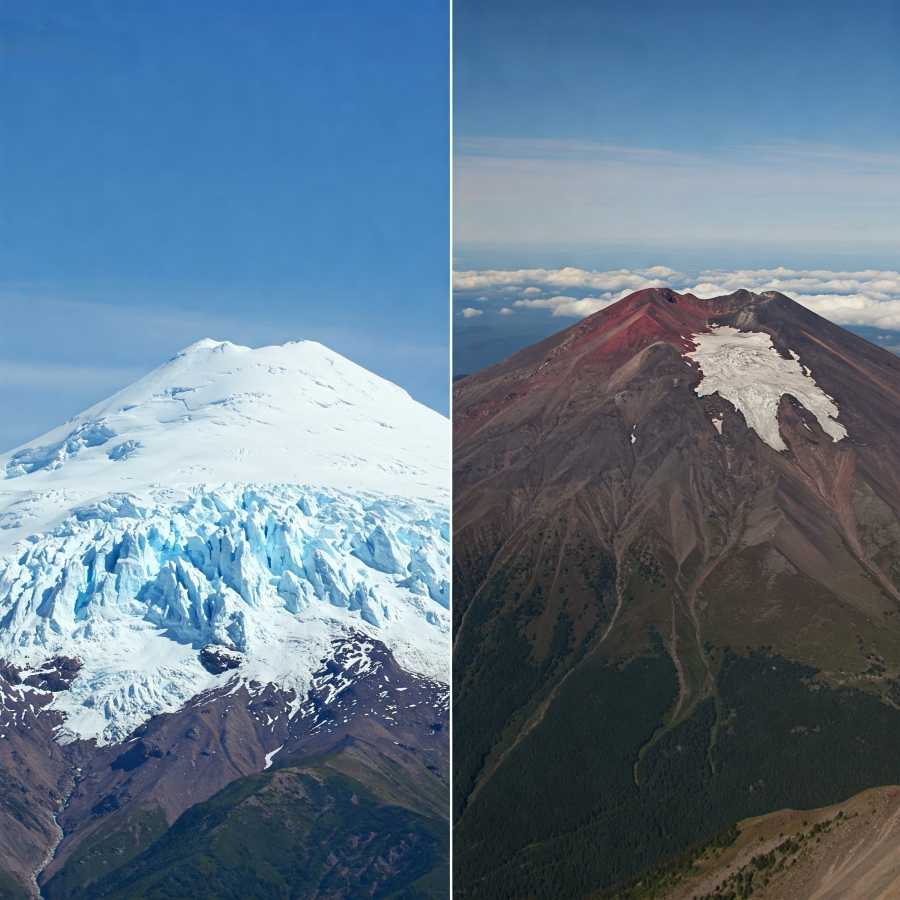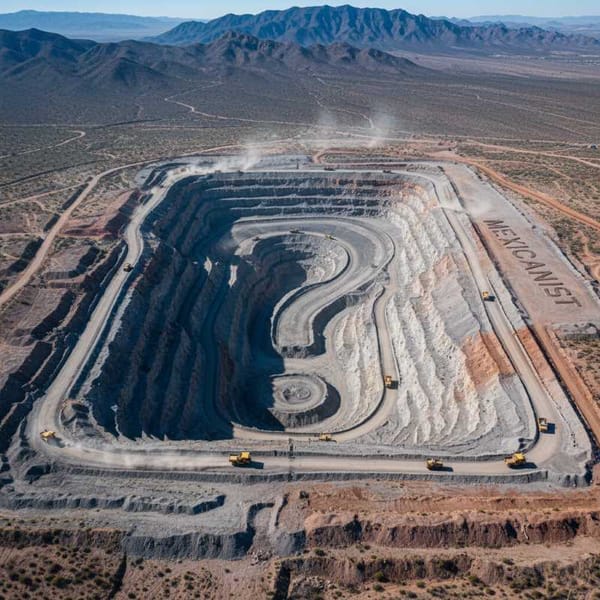Adios, Ice: Mexico's Last Glaciers Face 5-Year Extinction Clock
Mexico's last 3 glaciers face extinction within 5 years due to accelerated local warming and volcanic activity. Disappearance threatens vital water supplies for climate, agriculture and people. Urgent adaptation and improved water management are crucial.

Okay, buckle up, buttercups, because Mexico's ice is having a worse time than a snowman in a sauna. According to the experts at UNAM (that's the big National University down there), the country's last three glaciers are basically packing their icy bags and could be gone within the next five years. Consider this your slightly frantic, slightly funny eulogy for some very chilly landmarks.
We're talking about the icy crowns atop three majestic volcanoes: Citlaltépetl (you might know it as Pico de Orizaba), Iztaccíhuatl, and the ever-dramatic Popocatépetl. Hugo Delgado Granados, a geophysics brainiac at UNAM, dropped the bombshell at a recent university roundtable cleverly titled "Glaciers, Climate Change, and Local Management of Water Flows" – because subtlety is overrated when your giant ice cubes are disappearing.
Delgado Granados laid it out starkly: saving these glaciers? Not really an option anymore. It's like trying to un-toast bread. The real problem? Their demise screws with the local water supply. Think of them as frozen reservoirs slowly dripping life into the region. When they go, that drip stops.
Let's break down the patient list:
- Popocatépetl: This one's getting a double whammy. Not only is it getting hotter thanks to climate change (we'll get to that), but the volcano itself is erupting. It's like being kicked while you're down, but the kicker is also on fire. Its glacier is disappearing thanks to a tag team of rising temps and volcanic tantrums. Adios, Popo-ice.
- Iztaccíhuatl: Delgado Granados describes these glaciers as "refusing to die." Bless their frozen hearts. Apparently, the shape of the volcano itself offers some protection, letting them cling on like that last bit of stubborn ice in your freezer tray. They're barely surviving, the glacial equivalent of living on ramen noodles and hope.
- Citlaltépetl (Pico de Orizaba): This one is the headliner, described as being in "full swing" disappearance mode. Even though it's technically high enough to sustain ice (above the 5,300-meter equilibrium line), recent pictures show its rocky foundations peeking through like an embarrassing wardrobe malfunction. Measurements confirm it's lost a whopping 20% of its size in just the last five years. Delgado Granados adds, almost casually, that "it seems the volcano is trying to wake up," with signs of increased activity helping melt the ice even faster. Great. Just great.
Why the Meltdown?
Francisco Estrada Porrúa, UNAM's climate change research coordinator, chimed in to state the obvious, but with scary numbers: yeah, climate change is a big deal here. We're about to blow past those temperature thresholds scientists have been warning us about like ignored prophets.
And Mexico? Oh, Mexico isn't just warming; it's warming with enthusiasm. While the global average is creeping up, Mexico's temperature anomaly is already 2.14 degrees Celsius hotter than pre-industrial times. It's heating up at a rate of about 3.2 degrees Celsius per century, compared to the world's leisurely 2 degrees Celsius per century. It’s like the planet is getting a fever, and Mexico decided to spike it extra high, just to be different.
Estrada Porrúa, being an economist, also pointed out that this isn't just sad for postcards; it's expensive. Climate change hits the national GDP, and Mexico's industrial corridor is apparently bracing for a particularly nasty impact. So, melting glaciers = less water = economic ouchies.
Okay, losing pretty ice caps sounds bad, but what does it really mean? Delgado Granados spelled it out:
- Water Woes: Less meltwater means less water in the regional hydrological system. Simple as that.
- Climate Quirks: These icy giants influence local weather patterns. Their absence will mess with that.
- Farming Troubles: Agriculture relies heavily on predictable water sources. Guess what glacier meltwater is?
- Thirsty People: Less water available for human consumption. You know, that stuff we kinda need to live.
The bottom line? We need to start planning now for how to live without these frozen water towers. Adaptation is the name of the game.
The Water Management Muddle
Adding another layer to this slightly soggy cake, Sophie Ávila Foucat from UNAM's Institute of Economic Research brought up the human side of water management. According to CONAGUA (Mexico's National Water Commission), a staggering 67.8% of consumed water goes to agriculture, with cities and homes using about 14.7%.
Her research in the Copalita-Huatulco watershed highlights a complex web of who controls the water. It's a mix of NGOs (who apparently have quite a bit of clout in environmental management networks), various government bodies (like CONAGUA), and local municipalities. However, when it comes to the actual physical management of water, the government actors tend to dominate in a more centralized way.
Ávila Foucat stressed a key point: access to water, especially in rural areas, is still a major headache. She argues for revitalizing "hydrological ecosystem services" (nature's way of managing water) and giving local communities a much bigger say in how things are run. Good governance, she implies, needs more grassroots involvement.
Mexico's glaciers are on their last legs, thanks to a potent cocktail of global warming hitting overdrive locally, and volcanoes deciding to add insult to injury. It's a stark reminder from UNAM's finest that climate change isn't some abstract future threat; it's here, it's melting landmarks, and it's about to seriously complicate Mexico's water situation.
While we can't refreeze the peaks, the message is clear: adapt, manage water smarter, involve local communities, and maybe, just maybe, try to slow down the global furnace before everything picturesque (and vital) turns into a puddle. Pass the water, please. We're going to need it.




